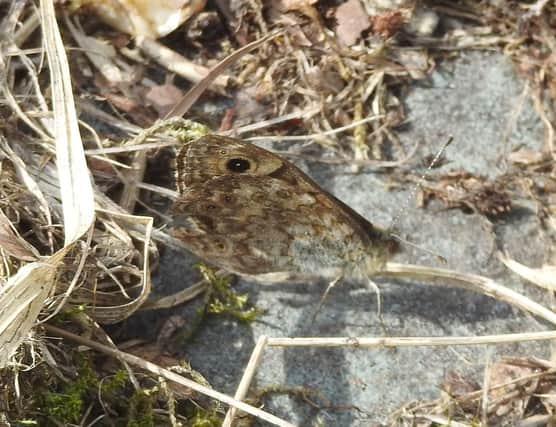Wildlife: This is a year of uncommon butterflies


Locally, stunning species such as silver-washed fritillary have done very well with new records well outside of the usual range. The enigmatic purple hairstreak, a denizen of the high canopy of old oak trees, has also been doing particularly well. Paul Ardron recently found a colony of small blue butterflies at a site to the east of Sheffield, and this is a species believed to be extinct in most of its former haunts. Other species such as small skipper, large skipper, and recent colonist, the Essex skipper, have also been showing well. These trends lend a degree of urgency to approaches to change and improve management of areas such as urban and park grasslands and to move away from routine short-mown grass to meadow management. This needn’t be untidy and indeed can be designed to look really good in the landscape. Effective management such as in Graves Park with our current project funded by the Graves Trust, helps combat climate change issues by slowing the flow of stormwaters, enhancing biodiversity, and capturing atmospheric carbon. By extending such approaches along the verges of major roads for example, we can re-join and re-connect fragmented habitats to re-build nature.
With all this in mind I was excited to find a rare butterfly, the grayling, at a site in East Yorkshire, Holme-on-Spalding Moor. Here in the churchyard at All Saints Church high above the one-time wetland of the area, there is little between you and the Yorkshire coast which is the preferred habitat of this now rather uncommon butterfly. However, you may have to look carefully at the photograph to see this beastie, because of its superb camouflage. Graylings tend to be very active as they are easily disturbed, flit around and land frequently. When they do settle, they immediately close their wings so what you see is the underwing. They are perfectly marked to blend in with dead leaves and soil.
Advertisement
Hide AdAdvertisement
Hide AdProfessor Ian D. Rotherham, researcher, writer & broadcaster on wildlife & environmental issues, is contactable on [email protected]; follow Ian’s blog (https://ianswalkonthewildside.wordpress.com/ ) and Twitter @IanThewildside